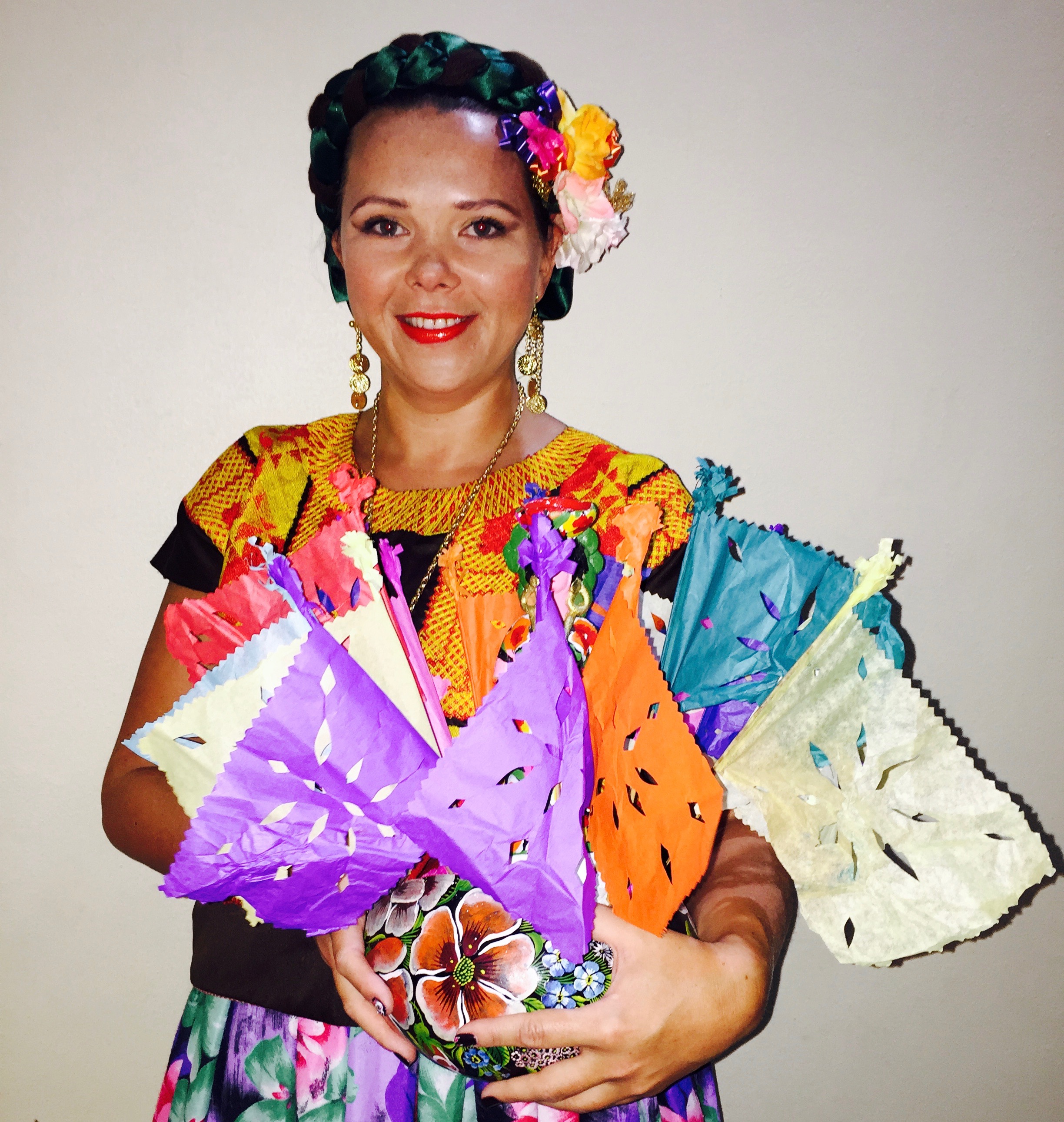
From dancing with the prestigious Mexican Folkloric Ballet to performing on stage in an indigenous festival, Mexico’s great cultural diversity, heritage, and tradition danced its way into my heart.
When I received a call back from the director of Mexico’s most prestigious folkloric ballet school, I couldn’t believe it. He had agreed to help me learn the national dance of Mexico, the Jarabe Tapatío, more commonly known across the world as the Mexican Hat Dance.
Mexican folklore dancing is a testimony to the country’s great cultural diversity, a blend of indigenous, European and African influences, but varying greatly by region in their style and music. Each dance tells a story, or in the case of the Jarabe Tapatío, a courtship, with the woman rejecting the man’s advances until she finally accepts his sombrero.
The world-renowned Ballet Folklórico de Mexico was founded by Amalia Hernández in 1952 with just eight dancers. Through her love of Mexico, the inclusion of indigenous cultures, and representation of regional differences, she expressed her ambition to reflect Mexico’s cultural diversity through dance. By 1970, the Ballet Folklórico de Mexico was named as the country’s official folk dance ensemble and continues to perform in the Bellas Artes (Palace of Fine Arts), three times a week. Their show has been recognized as a living museum transmitting Mexico’s traditional cultures across the world.
 Dancers from the Ballet Folklórico de México dancing the Jarabe Tapatío at the Bellas Artes in Mexico City.
Dancers from the Ballet Folklórico de México dancing the Jarabe Tapatío at the Bellas Artes in Mexico City.
In just five classes and with great difficulty, I managed to learn the Jarabe Tapatío. Working with Gabriela Alvarado, a magnetic dancer and patient teacher at the ballet’s school, I also entered a young, vibrant and dynamic community of aspiring Mexican dancers. As a beginner, and in such short a time, I was clearly never going to dance it well, stumbling my way through at best. But instead of feeling embarrassment or misrepresentation of their heritage at my clumsy attempts, they felt great pride: they were sharing their country with me through dance. I learnt the names of the steps, musical instruments, and costumes, not only gaining incredible insight but also just for a moment, embodying Mexico’s traditions and customs myself, living them through every dance step.
Dancing the Jarabe Tapatío with Osvaldo Santos at the school of the Ballet Folkórico de México de Amalia Hernández.
Meanwhile, I had also been taking group folklore classes twice a week with another school, the Instituto de Danza Mizoc. Joining the adult beginners class, I discovered that most of my classmates were up to four decades my senior. They welcomed me with open arms, sharing their joy and united by our love of dance and of Mexico. Dancing with them, I realised how dance breaks down age barriers, unifies generations and strengthens family ties – all values that I believe to be among Mexico’s strengths. It turned out that there were generations of students in this same school: children, teenagers, parents, and grandparents. In the West, we often have the perception that once we pass a certain age, it isn’t appropriate to dance anymore, but in Mexico, and generally in Latin America, dancing is ageless.
 With my classmates Bety and Gonzalo from the Instituto de Danza Mizoc.
With my classmates Bety and Gonzalo from the Instituto de Danza Mizoc.
To celebrate the school’s 49th anniversary, they would be performing a Guelaguetza, an indigenous dance festival originally from the state of Oaxaca. Even though I had only spent the last month in the school learning some of Oaxaca’s traditional dances, to my surprise I was also asked to perform two of the dances with them. They had invited me into their dance family, even though I was a foreigner, and I would proudly be joining them in representing Oaxaca’s culture on stage.
Dancing Sones de Betaza during the 49th anniversary Guelaguetza of the Instituto de Danza Mizoc. You can spot me as the only girl in the man’s row.
The performance was taking place in an industrial city in the suburbs of Mexico City: Ciudad Nezahuacóyotl, or Neza for short. When I told my friends, they seemed mortified, warning me of its dangers and vowing never to set foot there. Known for its poverty, violence and cholo gang culture, Neza gets a bad rep, but it now has a thriving cultural scene. I didn’t let this stop me, and apart from a few malfunctioning light bulbs in the changing rooms, we experienced no problems. It made me think that dance also breaks social barriers as it brings people together from different walks of life. With this performance, I was able to visit a place off the tourist map, dancing for an audience of working-class Mexicans far away from the hipster neighbourhoods where I was living.
 A colourful mural inside Neza’s cultural poliforum.
A colourful mural inside Neza’s cultural poliforum.
At the end of the show, we all came together for a final dance, the women balancing a little clay doll on their head as we held out their skirts and smiled flirtatiously at our dance partner. With immense concentration, I made it through without dropping the doll, and we then gathered to the front of the stage to sing a song about this little clay doll in Zapoteco, one of Oaxaca’s indigenous languages. “Viva Mexico! Viva Oaxaca!” we cheered at the end of the song. My classmate Gonzalo had heard me cheering and turned around to give me a discreet thumbs-up. Though I may have been an imposter, a foreign girl infiltrating a Mexican Dance troupe to perform with them on stage in a celebration of culture and tradition, I felt part of something special. In a certain way, I felt Mexican.

Behind every dance, there is a story. This book will take you dancing from New York to Buenos Aires, immersing you in the local culture, history, and happiness with every dance step. Aliénor Salmon is represented by Gregory Messina of the Linwood Messina Literary Agency.